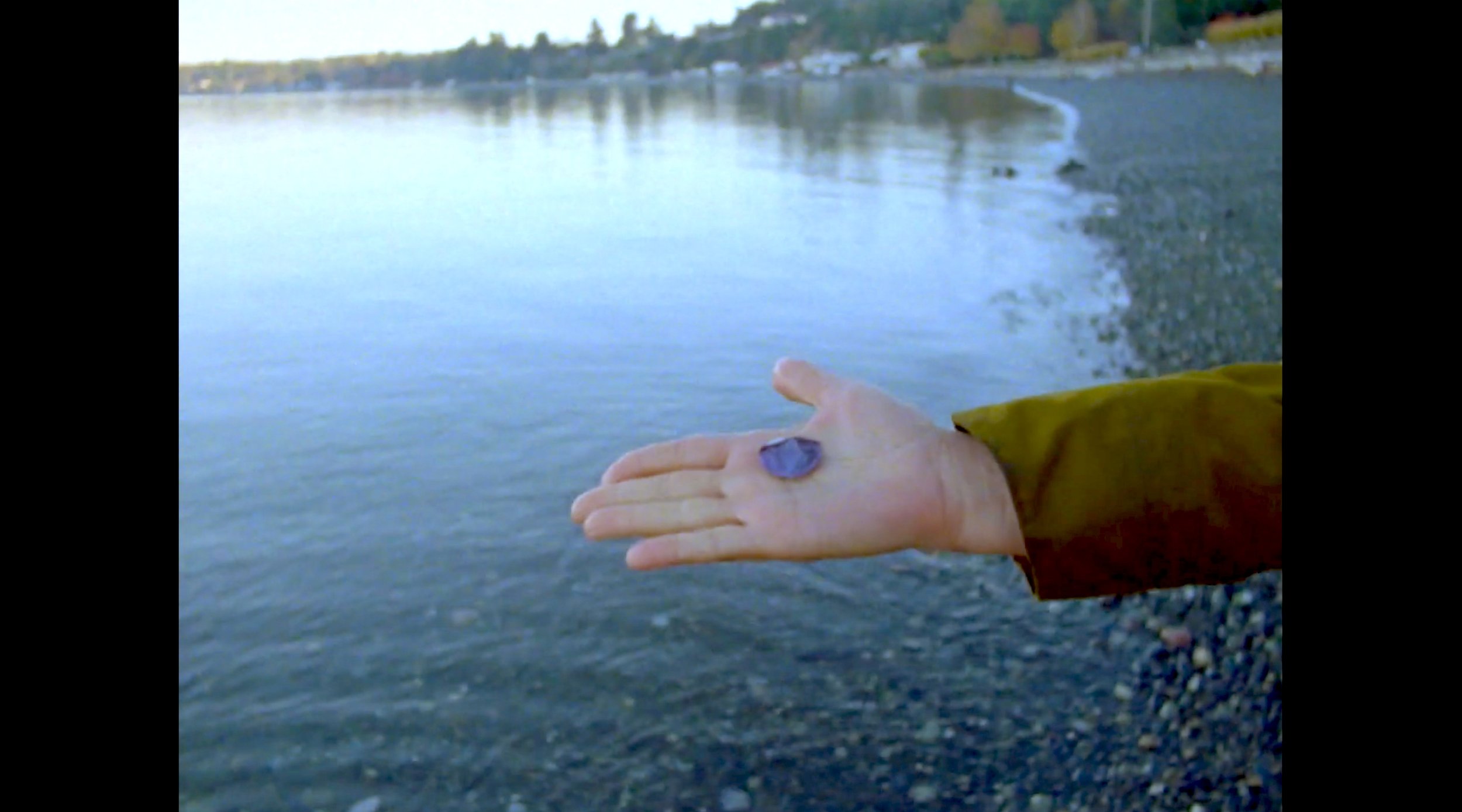
Reconciliation, restorative and transformative justice, and responsible action
This research investigates the possibilities for responsible action and restorative justice to redress the harm of past and ongoing coloniality through practices with collective imaginaries, or fabulations, among Indigenous, settler-colonial and other nonindigenous peoples of Turtle Island (North America). The inquiry process is informed through deep listening with traditional knowledges and through socially engaged approaches for cinematic story experiments within myriad tactical and improvisational considerations.
Reconciliation Canada (RC) is an Indigenous-led organization co-founded in 2012 by Chief Dr. Robert Joseph and his daughter Karen Joseph, RC’s CEO, with a vision to engage Canadians in constructive dialogue for healthier relationships and healing between Indigenous peoples and all Canadians. The resonance of these efforts, spreading across the Americas, embrace Turtle Island (North America) and Abya Yala (Central and South America) as one land free from borders. Initially, research activities served to bear witness to the expressions and visioning by members of Reconciliation Canada in response to the discovery of unmarked graves of children at residency school properties where Indigenous children were forcibly sequestered, after being taken from their families and communities. Recently, as reported in the New York Times, the United States began conducting research in regard to the history and impacts of residency schools. Systemic violence and complicity in harm are the legacy and continued affective residue of modernity, keeping many of us frozen and unable to build capacities required for reconciliation, healing, and restorative justice. Violence that is held in the body as trauma is often experienced individually while never an individual occurrence (Raffo 2022).
This research develops the notion of ghosts (drawing on the work of Avery Gordon) and explores haunting as expressions of agents desiring to appear, demanding attention and longing for transformation (Gordon 2011). Ghost images might also provide ways of seeing and being within nonlinear time and through both discursive and non-discursive forms of exchange. Haunting invites the speculation of possibilities while rooted in the present and referencing the past. Ghosts serve to synthesize moments of crisis, or Krisis – the Greek etymology of crisis defined as extreme opportunity. The notion of captivity (drawing on the work of Susan Lepselter) is related and intertwined with the dynamics of haunting. Susan Lepselter discusses trauma in terms of immobility–the feelings that arise from the “conflict between ‘They’re doing things to me,’ and ‘There’s nothing I can do about it.’” This research asks: How are narratives of captivity persistently haunting the imaginaries of Indigenous, settler-colonial and non-indigenous peoples through the legacy of colonial violence as well as ongoing coloniality?
This research argues that restorative justice and responsible action demand new forms of legibility, expression and exchange, and questions the role of artifacts generated through co-creative expressions in regard to the ways these might engage and expand the capacities of curatorial approaches and the function and understanding of archives. The use of images, as Azoulay and others have shown, can both erase and illuminate the complexity of personhood and the way this is shaped by larger and systemic forces. How might narrative artifacts serve to activate conditions for responsible actions through their creation and circulation, as was the promise of Third Cinema, within discursive and nondiscursive exchanges for serving responsible action? Historical narratives of captivity have entrenched and conditioned particular perspectives for Indigenous and settler-colonial peoples alike. These perspectives often require that those harmed are solely defined through pain, suffering, and oppression they have experienced (Belcourt 2020). Yet, images and narratives can also contribute in powerful ways that redress the harm of the colonial archive and resist an imperialist framing of history, as Azoulay proposes, through approaches for potential history, “a form of being with others, both living and dead, across time, against the separation of the past from the present, colonized peoples from their worlds and possessions, and history from politics,” (Azoulay 2019, p.60).
This research engages collaborators and comrades including Vaporia Collective (with members John A. Bruce, Erin Dixon, Hala Abdel Malak, and others), Reconciliation Canada, Transdisciplinary Design MFA at The New School / Parsons School of Design, and others.
references
Azoulay, A. (2019) Potential History: Unlearning Imperialism, Verso.
Belcourt, B. (2020) A History of My Brief Body, Columbus, Ohio: Two-dollar Radio.
Gordon, A. (2011) Ghostly Matters: Haunting and the Sociological Imagination, Minneapolis: University of Minnesota Press.
Lepselter, S. (2016) The Resonance of Unseen Things: Poetics, Power, Captivity, and UFOs in the American Uncanny, Ann Arbor: University of Michigan Press.
Raffo, S. (2022) Liberated to the Bone: Histories, bodies, futures, Chico, CA: AK Press.